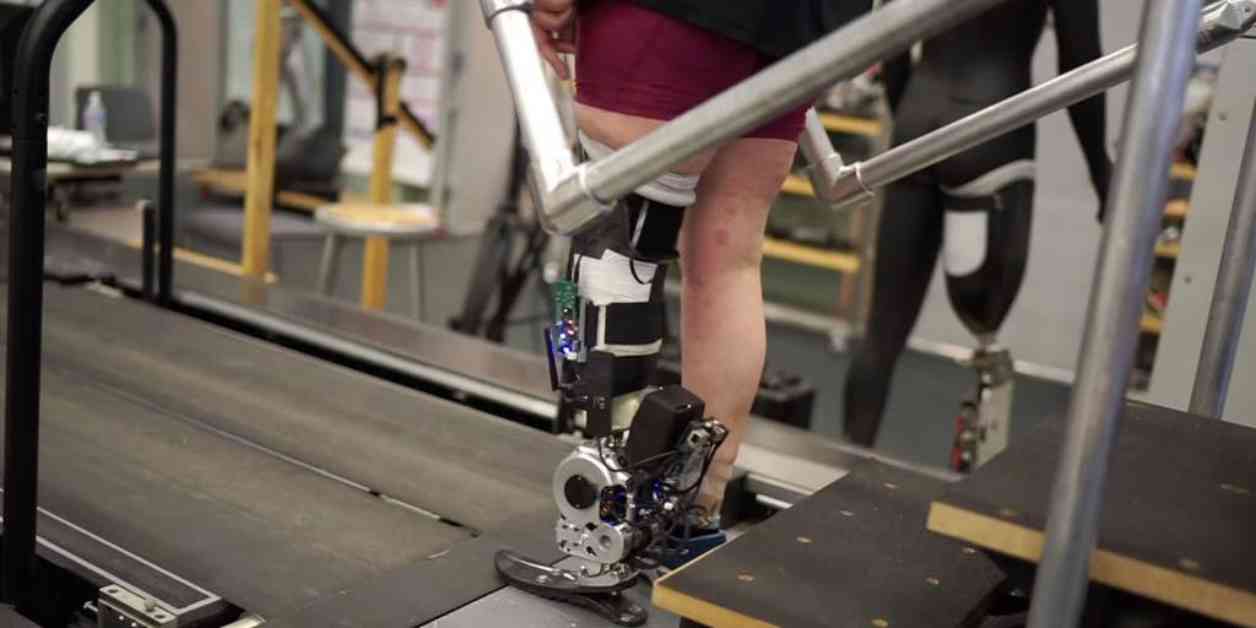In the realm of prosthetics, a groundbreaking advancement is revolutionizing the way individuals with lower-limb amputations live their lives. Researchers at MIT, in partnership with Brigham and Women’s Hospital, have created a neuroprosthetic system that enables users to control their prosthetic legs using their own nervous systems. This innovative approach has the potential to lead us towards a future where artificial limbs are fully integrated and controlled naturally.
At the core of this breakthrough is a surgical procedure called the agonist-antagonist myoneural interface (AMI). Unlike traditional amputation methods, the AMI reconnects muscles in the residual limb, preserving the natural push-pull dynamics of muscle pairs. This simple change has profound implications for prosthetic control and functionality.
Dr. Hugh Herr, a professor at MIT and the senior author of the study, emphasized the significance of this development. He stated, “This is the first prosthetic study in history that demonstrates a leg prosthesis under full neural modulation, resulting in a biomimetic gait. No one has achieved this level of brain control that generates a natural gait, where the human nervous system controls the movement, not a robotic control algorithm.”
One of the key advantages of the AMI system is its ability to provide users with proprioceptive feedback, which is the sense of where their limb is in space. This sensory information, essential for natural movement and control, allows patients to walk more naturally and confidently. The study compared seven patients with AMI surgery to seven with traditional amputations, showing that AMI patients walked faster, navigated obstacles more easily, and climbed stairs with greater agility.
The adaptability of the AMI system is impressive, as patients were able to adjust their gait to various real-world conditions, such as walking on slopes and navigating stairs. This flexibility is vital for everyday life, where terrain and challenges can vary. In an obstacle-crossing trial, AMI patients demonstrated the ability to modify their gait to clear obstacles more effectively than those with traditional prosthetics.
The success of the AMI system lies in its augmentation of residual muscle afferents, which are sensory signals sent from muscles to the nervous system. Even a slight increase in these signals significantly enhances control and function, showcasing the remarkable adaptability of the human nervous system.
Looking ahead, the team at MIT is exploring ways to enhance sensory feedback and improve integration between the human nervous system and prosthetic devices. With the AMI procedure already performed on about 60 patients worldwide, including those with arm amputations, the potential for broad applicability across different types of limb loss is evident.
In conclusion, the development of prosthetic limbs controlled by the nervous system represents a new era in bionics, offering hope for improved mobility and quality of life for individuals with limb loss. As technology continues to advance, the possibilities for human augmentation and rehabilitation expand, influencing various fields beyond prosthetics. The merging of biology and technology opens up new frontiers in human capability and understanding.



